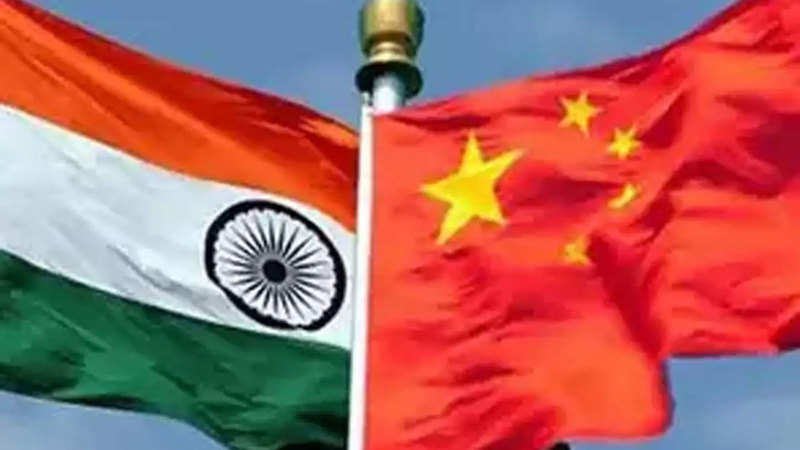
Maintaining the India-China stride length
It was only with the outbreak of the border crisis and the possibility of a conflict that both leaderships undertook a sober assessment of the complex historical forces at play. When situated against the broader picture of an emerging multipolarity, uncertainty on the future of globalisation, and, the still long journey towards social and high-tech rejuvenation of their economies, it led to a similar conclusion by the two leaderships: a lessening of regional tension was in the national interest of both countries. This, in essence, was the backdrop to the April 2018 “informal summit” in Wuhan, where both sides decided to arrest the deterioration in the relationship and attempt to chart a fresh course.
Creating some order
Both leaderships also discovered the void of a contemporary framework to guide their complex relationship in a rapidly changing and uncertain international environment. Recall that the 1988 modus vivendi was built on a very pragmatic understanding that despite their decades-old territorial dispute, both sides would keep the ball rolling so to speak and develop all-round ties until the time was ripe for a dignified settlement of their dispute. But there was nothing in that understanding to either guide a geopolitical accommodation or regulate the depth and range of issues that have come to define the relationship in the ensuing decades. Wuhan 1.0 was an attempt to articulate some norms that could serve as a renewed set of guidelines to policymakers and bureaucracies in both countries. It was built on five pillars. The “simultaneous emergence of India and China”, two major powers with independent foreign policies is a reality. The relationship has regained importance and become “a positive factor for stability” in the global power flux. Both sides recognise the “importance of respecting each other’s sensitivities, concerns and aspirations”. Both leaderships would provide “strategic guidance to their respective militaries” to manage the border peacefully. And finally, both sides would strive for “greater consultation on all matters of common interest”, which includes building a real “developmental partnership”.
Subsequently, the Wuhan approach was critiqued for not going far enough in terms of laying out a blueprint to resolve differences. There is some merit in that interpretation. Yet, the fact is both sides have contained much of the spiralling competition and mistrust, and, there is little doubt that an uncertain international environment motivated both sides towards such a choice. It has also been claimed that China had tactical reasons for a truce with India in order to focus on strategic competition with the U.S. This is also true. But what has not been emphasised enough is India too benefits from not having to overburden its military, weak economy, and under-resourced diplomatic corps from having to focus on two fronts in a region-wide rivalry with China. As India’s Foreign Secretary stated in February 2018, “India has to find and define for itself a relationship with China which allows us to maintain our foreign policy objectives and at the same time allows us a policy that is prudent enough that does not lead us to conflict on every occasion.” In essence, Wuhan was grounded in realpolitik considerations.
Three-point road map
Going forward, India’s China policy should be guided by three grand strategic goals: an inclusive security architecture in Asia that facilitates a non-violent transition to multipolarity without disrupting economic interdependence; a fair and rules-based open international order to better reflect Indian and developing economy interests; and, geopolitical peace and sustainable economic development in the neighbourhood. China is important to the successful pursuit of each of these goals, and the principal task before Indian policymakers is to envisage and execute a policy framework that allows for progress on these three ends.
The historian Odd Arne Westad recently advised, “The more the U.S. and China beat each other up, the more room for maneuver other powers will have.” One could equally apply that mantra to India and China. Unrestrained competition only benefits other powers. The recent stability in India-China relations is a choice made by both sides. History is obliging both countries to step up and play constructive roles to shape the emerging world order even as it is impelling both sides to learn to co-exist in a common neighbourhood.
On maintaining the India-China stride length












